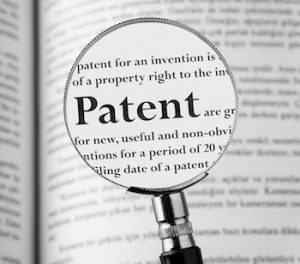If you come up with an idea that you think will make a valuable new invention then it is a good idea to patent this invention. Millions of people have patented inventions over the years and it can be a very useful thing to stop someone else making money from your original idea. In the US, the inventor can file for a patent. It is a fairly complicated procedure since there is no guarantee that a patent application will be accepted. It helps to complete the process with the help of a patent attorney or consultant. Here are some of the steps you need to take to file a US patent.
Search for Prior Patents
 Before you start the patent procedure, look through the records at the U.S. Patent and Trademark Office (USPTO) to see whether a similar idea has already received a patent. It is really important to do this in the first place because obviously if there is already an invention like yours with a patent, you will not be able to file for another one.
Before you start the patent procedure, look through the records at the U.S. Patent and Trademark Office (USPTO) to see whether a similar idea has already received a patent. It is really important to do this in the first place because obviously if there is already an invention like yours with a patent, you will not be able to file for another one.
Decide What Type of Patent You Need
There are three types of patents in the US, according to Sach-Associates.com. The most common kind of patent is the utility patent. This refers to a patent for an invention that has a specific function. Another type of patent is the design patent, and this can also cover the non-functional aspect of an invention such as the type of decoration it has or the surface finish. The plant patent is a type of patent that covers the invention of an asexually reproducing plant.
Understand That a Patent Can Be Rejected
The process of applying for a patent from this point is fairly long and can be complex. The application could also be rejected. One of the reasons for this could be that it is not novel or it fails the unobvious requirements. This means that it must be unobvious – i.e. sufficiently different from prior art and not considered obvious by someone in the field.
Look at the Required Application Sections
A formal application includes drawings, the specification – which is the way in which someone would make the invention or the way in which they would use it, and also (included in the specification) is the abstract, the background, the summary, and the detailed description. You also need to add the conclusion along with the scope and ramification of the invention. A specification should also include different cross references that are made to related patent applications and also the invention’s title.
